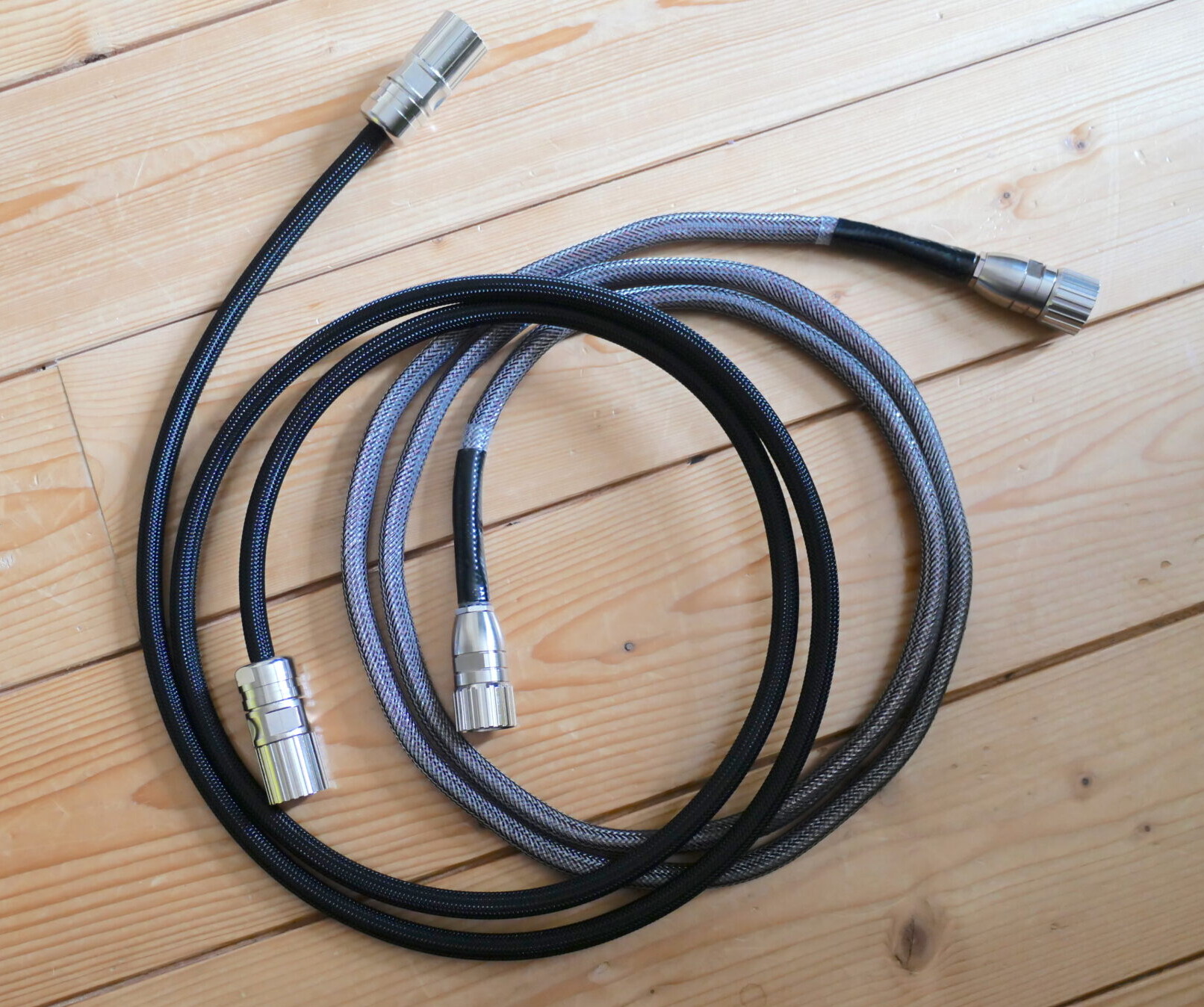
These differences are neither small nor musically insignificant. As I said, their scale is hard to credit, but repeated listening in different system contexts and with different material simply served to underline just how consistent (and significant) the results are. Indeed, of all the different combinations tried, this demonstrated the biggest difference in sound quality.
Fitting the Nordost umbilical to the C1 DAC produced a very different result. If the D1.5 gained scale, power, weight and presence, the improvements with the C1 were all about delicacy and musical nuance. Playing the Beethoven disc, you hear it in the measured restraint in the opening violin phrases, the added sense of shape and texture. You hear it in the pitch definition, texture and clarity of the basses. You hear it in the separation and location of the different instruments. But more than anything else, you hear it in the timing of the notes, the spaces between notes and phrases and the way the parts of the orchestra fit together. There’s greater dynamic discrimination at both ends of the scale, greater elegance and articulation in the playing of the piano. These are differences that may not be as big or as obvious as those you’ll hear with the D1.5, but they are if anything, musically and expressively more significant. Of course, run the Tyr umbilicals on both the transport and DAC at the same time and you’ll definitely be cooking on gas!
And last but by no means least…
Which brings us finally, to the L1, so often the under-stated and under-appreciated star in the CH line-up, the musical and temporal anchor around which everything else revolves. What do you get when you add the install the Nordost umbilical between the L1 and its X1? A really significant drop in noise floor – which might not sound too exciting, especially compared to increases in bass weight and power, but that’s before you consider the implications. Back to the Beethoven and those opening bars: the acoustic is suddenly much more apparent, and far more separate from the listening room boundaries, while the soundstage steps away from the speakers. The incidental audience noise is far better resolved, becoming a layer of discrete and distinctly human sounds that becomes an identifiable soundscape rather than just an ambient noise. The violins exhibit increased textural detail that extends both their harmonic envelope and the shape of the playing. Their phrases become more fluid and musically lucid, qualities that, along with increased clarity and dynamic discrimination apply to the piano even more obviously. Benedetti Michelangeli’s astonishing delicacy and perfect note weight and spacing becomes not just more evident, but has that stamp of natural expressive ease that allows it to cross the gap between recording and performance. You no longer worry about the mechanics of reproduction, you just marvel at his playing. Dynamics take on a new freedom, not just wider in range but better delineated in level and with easier, more natural graduation between levels. The system as a whole is better able to encompass and express the performance, better able to meet its dynamic demands and capture its more delicate moments. So while these differences might be the biggest, they are the most musically important. They might not match the sheer scale of those enjoyed with the D1.5, but the clarity and intelligibility they bring to both the parts of and the performance as a whole, elevate the musical experience even more profoundly than the added impact and drama generated by the disc player.

